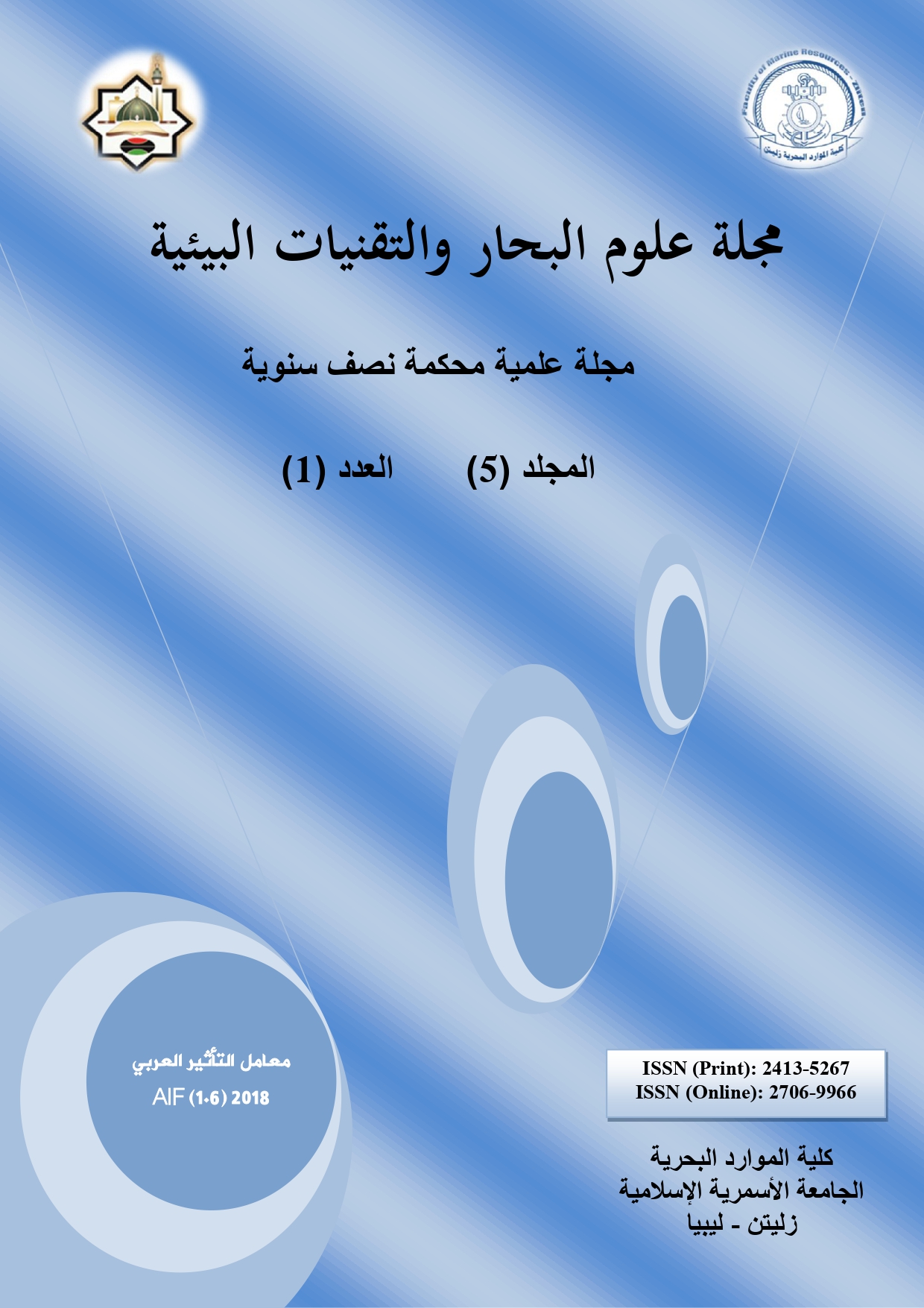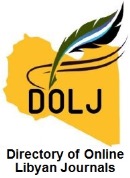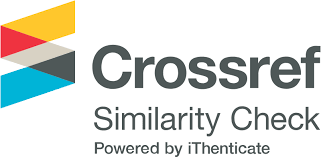بعض الآثار البيئية للتنمية بمنطقة وادي الشاطئ، جنوب غرب ليبيا
DOI:
https://doi.org/10.59743/jmset.v5i1.73الكلمات المفتاحية:
الأثار البيئية، الغطاء النباتي، مياه جوفية، تملح الترب، وادي الشاطئ، ليبياالملخص
أجريت هذه الدراسة لتقييم بعض الآثار البيئية للتنمية على النظام البيئي بمنطقة وادي الشاطئ، تم تقدير مؤشرات تدهور النظم البيئية بفعل بعض الأنشطة البشرية، حيث اتضح ان تنفيذ برامج التنمية أدت إلى تزايد تعداد سكان المنطقة ليصل أعلى معدلات نمو (4.8%) سنة 1984 ثم انخفض إلى أن وصل في تعداد 2006 معدل نمو قدره (1.32%)، مما أدى إلى الضغط على الموارد البيئية بشكل كبير، وصاحب ذلك بعض المشاكل البيئية كاستنزاف المياه وتدهور شديد لبساتين النخيل بسبب هبوط مناسيب المياه الجوفية نتيجة للسحب الكبير لمياه الآبار, وكذلك تغير في تركيبة الغطاء النباتي الطبيعي وقلة تنوعه (0.85 – 0.97 حسب مقياس سمبسون للتنوع) في الأودية المدروسة والذي يعزى لقلة الأمطار والسيول ونتيجة لتسرب مياه الصرف الزراعي وفرط استخدام المخصبات الزراعية، إضافة إلى ارتفاع مستوى الماء الأرضي مما أدى إلى تدهور وتملح الترب بالمنطقة. حيث وجد أن 64.80% من عينات الترب المدروسة متأثرة بالملوحة حيث كان 30.8% منها ملحية و34.00% ملحية صودية، كما أبرزت نتائج هذه الدراسة التغيرات النوعية التي طرأت على المياه الجوفية مقارنة بنتائج سنوات سابقة الا أنها لا تزال ضمن الحدود المسموح بها، باستثناء عنصر الحديد الذي وصل أعلى تركيز له (2.9 مجم/لتر) والذي يفوق الحدود المسموح بها حسب المواصفة الليبية (0.3 مجم/لتر). وتوصي الدراسة بضرورة رصد الآثار البيئية للمشاريع التنموية القائمة وتقييم الآثار البيئة لمشاريع التنمية المستقبلية.
التنزيلات
المراجع
قائمة المراجع باللغة العربية:
أبولقمة، الهادي مصطفى والقريزي، سعد خليل (1995). ليبيا دراسة في الجغرافيا. الطبعة الأولى، دار الجماهيرية للنشر والتوزيع والإعلان، سرت، ليبيا.
الأجواد، فضل إبراهيم (2008). مراكز العمران في وادي الشاطئ (دراسة في هرمية النظام الحضري). إدارة المطبوعات والنشر، جامعة سبها، سبها، ليبيا.
شلتوت، كمال حسين (2002). علم البيئة النباتية. الطبعة الأولى، المكتبة الاكاديمية، مصر.
عائشة، رمضان محمد (2008). تقييم مياه الري وملوحة التربة الزراعية في منطقة وادي الشاطئ. رسالة ماجستير، قسم علوم البيئة، كلية العلوم الهندسية والتقنية، جامعة سبها، ليبيا.
عائشة، رمضان محمد والمثناني، عبد السلام محمد والسعيدي، محمد علي (2009). تأثير تدهور الترب بفعل الملوحة على الغطاء النباتي في منطقة وادي الشاطئ. مؤتمر التنوع الحيوي، كلية العلوم، جامعة سبها، ليبيا.
عائشة، رمضان محمد، والمثناني، عبدالسلام محمد والسعيدي، محمد علي (2017). تملح الترب الزراعية كأحد إشكاليات التنمية بمنطقة وادي الشاطئ. مجلة علوم البحار والتقنيات البيئية، 3(1): A14-A34.
عويدات، فايق حسن (2008). التصحر في المنطقة الممتدة ما بين وادي هراوة شرقاً ووادي جارف غرباً بمنطقة سرت، دراسة في اختلال التوازن البيئي في المناطق الجافة وشبه الجافة. رسالة ماجستير، كلية الآداب، جامعة التحدي، سرت، ليبيا.
فنماب (1985). إقليم سبها، المنطقة الفرعية الشاطئ، التقرير النهائي للمنطقة الفرعية، تقرير رقم 13، صفحة 1-2.
قدر، نبيل صالح (2013). تقييم الوضع البيئي والحيوي لأشجار الطلح Acacia Radiana في وادي زقزة بمنطقة وادي الشاطئ، فزان، ليبيا. رسالة ماجستير، قسم علوم البيئة، كلية العوم الهندسية والتقنية، جامعة سبها، ليبيا.
الهيئة العامة للمياه بالمنطقة الجنوبية (2006) إعادة تقييم الوضع المائي بمنطقة سبها، تقرير علمي.
قائمة المراجع باللغة الإنجليزية:
Ahmed O.A., and Aishah R.M. (2007). The effect of irrigation water on soil deterioration in the region of Wadi Ashati. Desert and Desertification Conference, 19 -21/3/2007, Sebha University, Libya.
Alhaddad Y. A. (2004). A quality study of drinking water in wadi El Shatee, Libya. M.Sc. in Arab Academy for Science and Technology and Maritime Transport, Alexandria, Egypt.
Elssaidi M.A., and Aishah R.M. (2012). Quantitative and Qualitative Changes in Groundwater Properties of Murzuk Basin and their Impacts on Ecosystems. Libyan Agriculture Research Centre Journal International, 3(S2): 1335-1350.
Kiliç K., and Kiliç S. (2007). Spatial variability of salinity and alkalinity of a field having salination risk in semi-arid climate in northern Turkey. Environmental Monitoring and Assessment, 127(1-3): 55-65.
Marc P., and Jacques G. (2006). Handbook of Soil Analysis Mineralogical, Organic and Inorganic Methods, Updated English version, Berlin-Heidelberg, New York.
Shaki A., Alghariani S., and Chair M. (1999). Evaluation of water quantity and Quality of Several wells at Gadowa area in Murzuq Basin. Regional aquifer systems in arid zones- Managing non – renewable resources, Tripoli, Libya, 20-24 November 1999. International hydrological Programmer (IHP) Technical Document in Hydrology, No 42
التنزيلات
منشور
إصدار
القسم
الرخصة
الحقوق الفكرية (c) 2019 مجلة علوم البحار والتقنيات البيئية

هذا العمل مرخص بموجب Creative Commons Attribution 4.0 International License.












